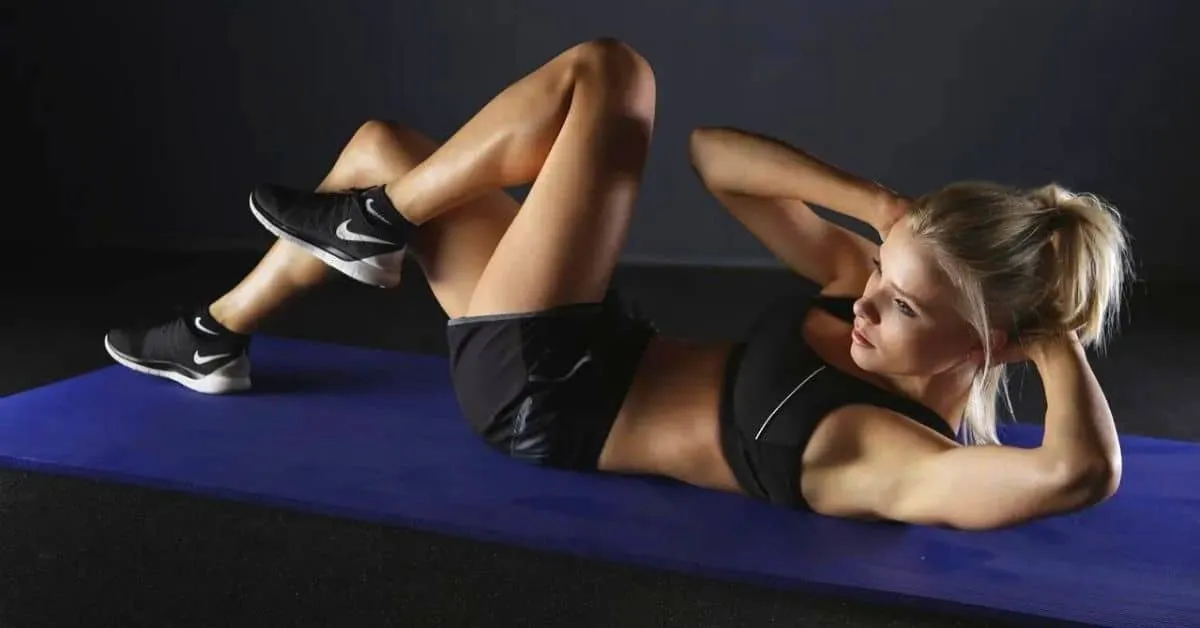High Intensity Interval Training For Newbies
You don’t need to purchase or develop a fancy new workout program to do High Intensity Interval Training or HIIT when working out, simply reduce the rest time you allow yourself for your present workout and you’d be doing that HIIT style workout that you’ve been hearing about.
If your primary reason for training is to eliminate fat from your entire body, you will likely be doing some sort of cardio workout as a portion of your total exercise regime, and you’ll undoubtedly have heard about HIIT training, which stands for High Intensity Interval Training.

What is HIIT?
HIIT is a cardio session that is made up of short bursts of very difficult (intense) exercise sets. The whole point of high-intensity training is to kick up the intensity of your cardio. In order to qualify as true HIIT, you will want to push yourself to the maximum during each set. That is why they’re brief –anywhere from 30 seconds to 4 minutes, generally. It is the opposite of going for a long run where you ration your energy in order to get yourself to last longer.
It is important to note that not all folks can do this style of training, for beginners it can be particularly difficult. To get started with HIIT take your current routine and work toward shortening the rest period between each workout set. While exercise is a significant part of the energy balance equation, don’t forget that it’s only a tool. The ideal exercise is one you like, since you’re most likely to adhere to it long-term if you enjoy it so don’t go overboard on your first day and scare yourself off working out entirely.
High Intensity Interval Training Tips
When embarking on a HIIT session for the first time there are a few important tips to keep in mind.
Always Warm-Up Before Training
With any exercise routine there is always the risk that you might injure yourself if you are not warmed up properly. And “warming up properly” doesn’t just mean a super fast stretch with you touching your feet.
Instead do a more lively warmup which can help make your muscles ready to proceed with the high intensity workout. When warming up and stretching, concentrate on the muscles you are likely to use — this will depend on what your main workout will be. For example if you are planning on going for a run with quick sprints included (HIIT) they you don’t need to do a shoulder warm-up.
Pay Attention To How Your Body Responds
Whenever doing any workout routine it’s important to pay attention to how your body is handling it. If you feel any discomfort or pain you should always stop. ‘No Pain, No Gain’ shouldn’t be taken literally – if you experience actual pain, you should always stop. Overdoing it or injuring yourself will put you completely out of commission for a future workout.
Pay particular attention to how your joints respond. If you aren’t accustomed to physical training and exercise your joints may need a few weeks to get used to training so don’t overdo it on your first workout.
Go Hard
When it comes to implementing HIIT successfully working your hardest is key. High Intensity Interval Training is fantastic for boosting endurance, increasing metabolism, regulating insulin levels, and of course for losing body fat. In comparison to many other aerobic workouts, HIIT can be much better method of getting in beach body mode thanks to the added level of intensity.
HIIT routines that involve body-weight exercises like lunges, pushups, etc. will tighten and tone your muscles. High-intensity cardio –the type that leaves you out of breath–increases your metabolic rate to the point in which you continue to burn calories even after the session ends. So when it comes time to go hard, go hard.
IN CONCLUSION
HIIT enhances your overall endurance, allowing you to develop incredible stamina. The amount of intensity required to do a successful HIIT routine takes a bit getting used to but once you do this type of workout can be incredibly rewarding.








